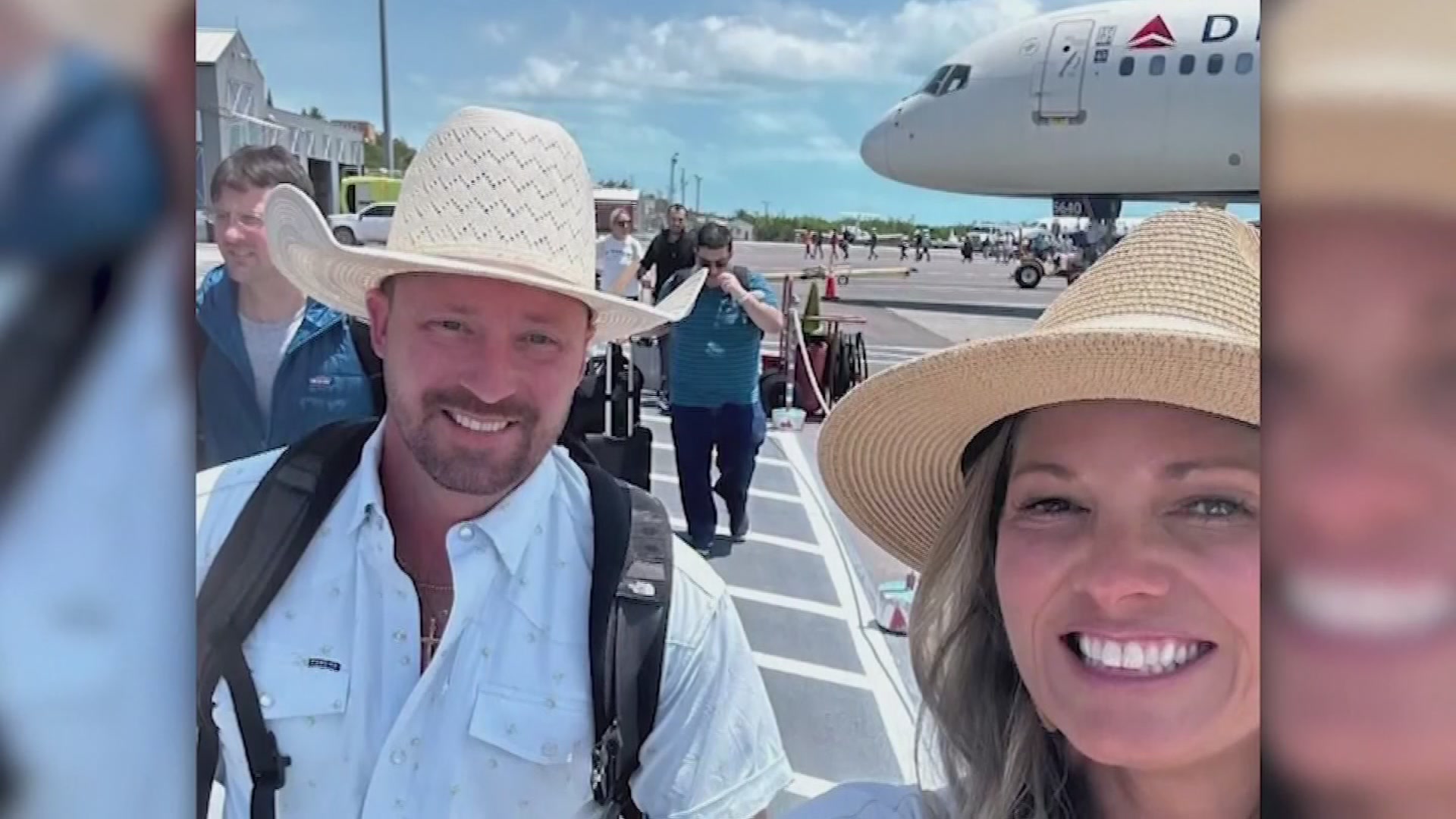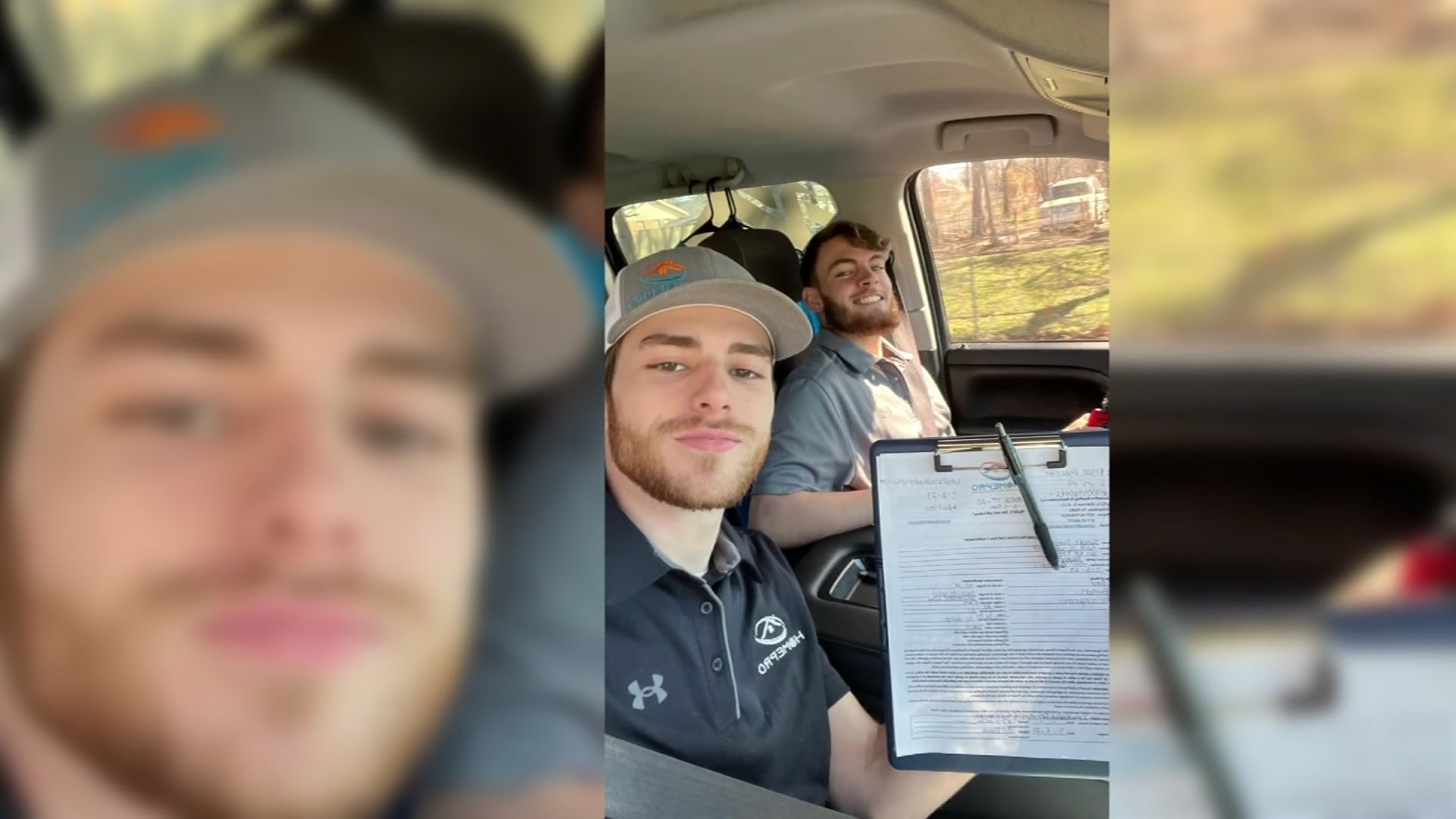DeSoto ISD is dealing with a big budget deficit and the district says it's ready to take major steps to dig its way out of the hole. The school board will meet Monday night to talk about the new plan to get back on track.
Desoto ISD's new superintendent D'Andre Weaver is only five months into the job and he's trying to fix a money mess left over from a previous administration. Still, he said he was optimistic about the future.
"The people that are here, we're honest, we're ethical and we want to do the right thing for children first and foremost, there's no other agendas here," Weaver said.
He said he hoped to earn public trust after a state investigation into a mishandling of money well before he arrived in DeSoto. Several former administration officials stepped down, including the last superintendent.
“We have been uncovering where we are and right now we are in a place where we have to make some tough decisions about how we improve,” said Dr. Weaver. “We are projected to have a negative fund balance as a result of some decisions that were made in past administrations.”
"The moment we knew what was happening, we took action," DeSoto ISD school board president Carl Sherman Jr. said.
The district now has a budget reduction plan to overcome millions of dollars in shortfalls, something it aimed to accomplish within the next year. Through a series of conservative measures and cutbacks, DeSoto ISD hoped to bring the district's fund balance to $11 million by the summer of 2020, and to $20 million dollars in two years. Goals include check and balances to see where all money is being spent.
"We've established a budget committee for our trustees so we can go through all of our financial details every single month. We've been very transparent with them, just like we've been with our public," Weaver said.
Together they're looking at central office cutbacks, program restructuring, raising teacher-student ratios to state standards to save money, while also taking a school 'offline.' Weaver and Sherman wouldn't comment about which school, only that more details would be released in late March.
Local
The latest news from around North Texas.
Specifics about jobs and student impact are still being worked out, but both see any short-term pain as long-term promise.
“We’re confident once we get past this moment in time, that we’ll have the tools in place that can bring a very different experience for parents and children in this district,” he added. “We have goals for this to be the best place for learning in the country.”
In the interim, the school board is looking for ways to make $23 million in cuts to the 2019-2020 budget.
Dr. Weaver said he’s asking the board to approve staffing reductions to account for lower enrollment projections in the district.
In a presentation Monday night, the district projected it would save $4.4 million in reductions to central office staff and department budgets. Another $12.3 million is identified as potential savings in reducing other staff and teachers.
Dr. Weaver said class sizes would increase. At the elementary school level, he would recommend a class size of 24 students to one teacher. The state recommends 22 students to a teacher. Currently, Dr. Weaver said the student to teacher ratios are much lower.
“As a result of some declining enrollment, we have an opportunity to make sure all of our schools are as fully enrolled with students as we possibility can,” said Dr. Weaver.
The district expects to save $1.7 million in the 2019-2020 budget by temporarily closing a low enrollment campus. The district has not identified which school would close.
“Taking a school offline simply means we don’t intend to indefinitely close the school, we want to take it off right now to net a budget savings for us in the interim. It also gives an opportunity to reimagine what type of learning experiences can happen in that school for children,” said Dr. Weaver.
Sherman told NBC 5 one of the immediate issues facing the district is making bond payments. He said revenue collected as a result of a Tax Ratification Election should have been set aside to make debt payments.
“With the TRE money not being put aside for the bond payment coming up, that’s how we got here,” said Sherman. “All of the money is literally walking our campuses right now through personnel, it’s in our fixtures, it’s in our cost to educate our students. That money did not go into anyone’s pockets.”
During the Monday night presentation, the interim CFO explained the district didn’t budget for large payments in the last several months. A summer school program launched last year cost $416,000 dollars, but the money was not set aside in the budget. There was also $2.65 million spent for Capital Projects that the district didn’t have available, explained CFO Deborah Cabrera.
The district also saw fewer students enrolled than previously projected, which affects how much funding the district receives from the state.
Trustees continued to discuss budget concerns late into the night on Monday. Many expressed concern about increasing class sizes and the impact on students.
"There are some dark days that we're coming out of, but tomorrow's going to be a better day because of the team, because of the plan being put in place right now moving forward," Sherman said.



